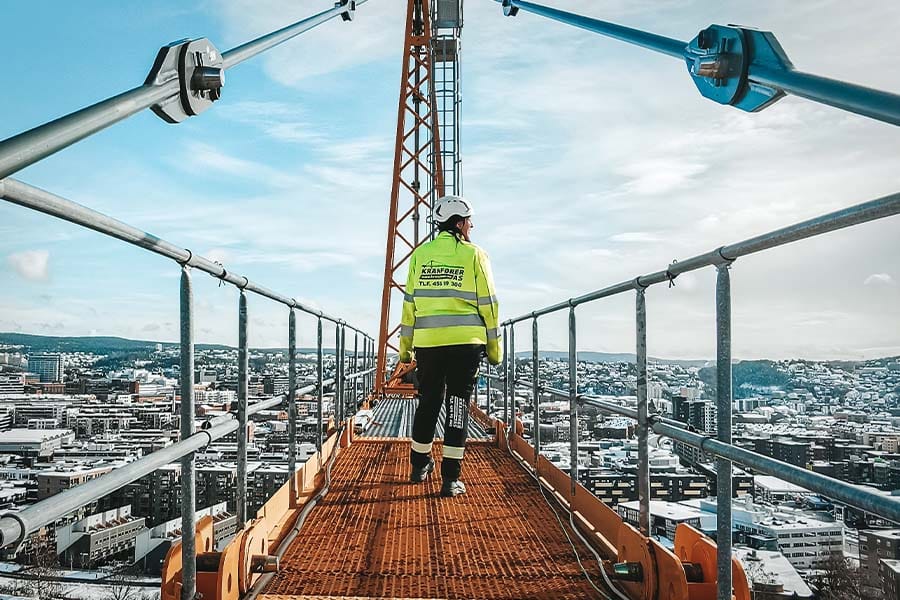Video by Justin Hearn
Rosine Gibbs-Stevenson grew up an hour outside of London. “My earliest memories of London are all through the eyes of a visitor and seeing the city through the eyes of a child, on school trips or coming on the train to London,” said Gibbs-Stevenson, now the curator of public programs at The Architecture Foundation in London.
Gibbs-Stevenson is well-versed in London architecture as both a citizen and professional. Having trained in architecture in both London and Brighton, she now leads workshops for young people and supports architecture students and design critics.
Built, the Bluebeam Blog, asked Gibbs-Stevenson to provide additional commentary on each of the buildings featured in the above video. Edited excerpts:
St. Paul’s Cathedral
In public consciousness, St. Paul’s Cathedral is revered as the church that survived the Blitz during World War II, rising up while all around it the city was demolished. The dome stands out on the skyline as the most recognizable feature. It’s a protected viewpoint, which means that lines of sight from Richmond Park, Alexandra Palace and Parliament Hill are protected by law from being interrupted. Recently, a 40-story tower in Stratford was built by the Manhattan Loft Corporation, which somehow snuck through planning, and has outraged the Friends of Richmond Park by “destroying” their view. I find this fascinating that there are these contested policies over London, largely invisible to most of the population.
Houses of Parliament
My perception of the Houses of Parliament is always viewing it while walking down the Southbank looking across the Thames; or it’s the aerial shots you see on the news. Parliamentary buildings have stood on the site since the 11th century—but in different guises, it was damaged extensively in a fire in the 1800s and was rebuilt again in its current form of Gothic Revival.
30 St. Mary Axe, or “The Gherkin”
The Gherkin, in a lot of ways, opened the door for many terrible skyscrapers to be built. It was also the first tall building to really capture the imagination of Londoners. Tall buildings have a way of causing controversy, but even its nickname “The Gherkin,” alludes to the positive way it has been received by the public.
The Tate Modern
The Tate Modern is one of the most impressive public buildings in London. Every time I go there—and I go there quite a lot—it genuinely shocks me how beautiful it is and how well used it is by Londoners. The recent extension by Herzog & De Meuron, (The Switch House) has really complemented the original repurposed power station. The stepped brickwork that wraps the building creates a unique perspective, framing London through the perforated facade.
The Shard
I’m not sure if this is true or not, but I like the romantic nature of Renzo Piano meeting with a client in the late 1990s, and over dinner he drew this sketch on a napkin of what would become the Shard.
To me, I actually still quite like the Shard—I think it’s quite elegant. It does represent the kind of neo-liberal, developer-led attitude to city-making, which is maybe not the best. Its public realm is completely inaccessible, like the hotel residents going one side and then you can go up to the restaurants, but in a different lift and with security checks on the way in.















